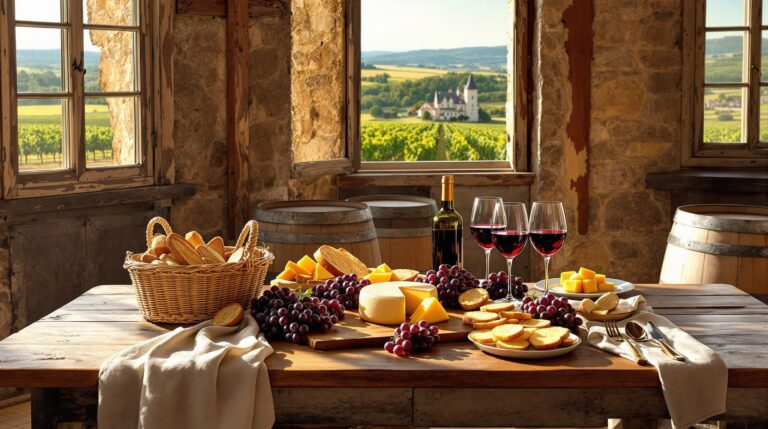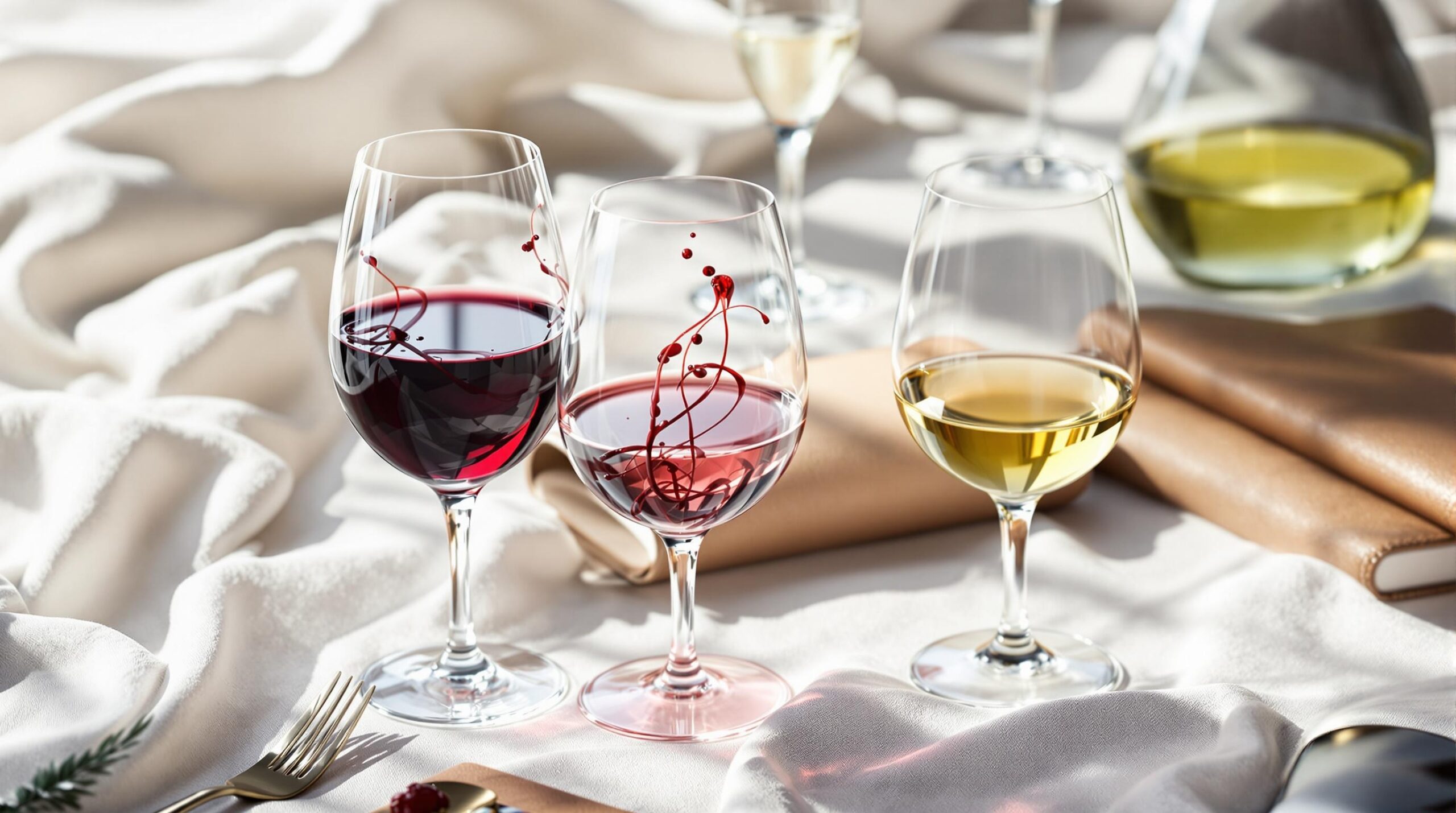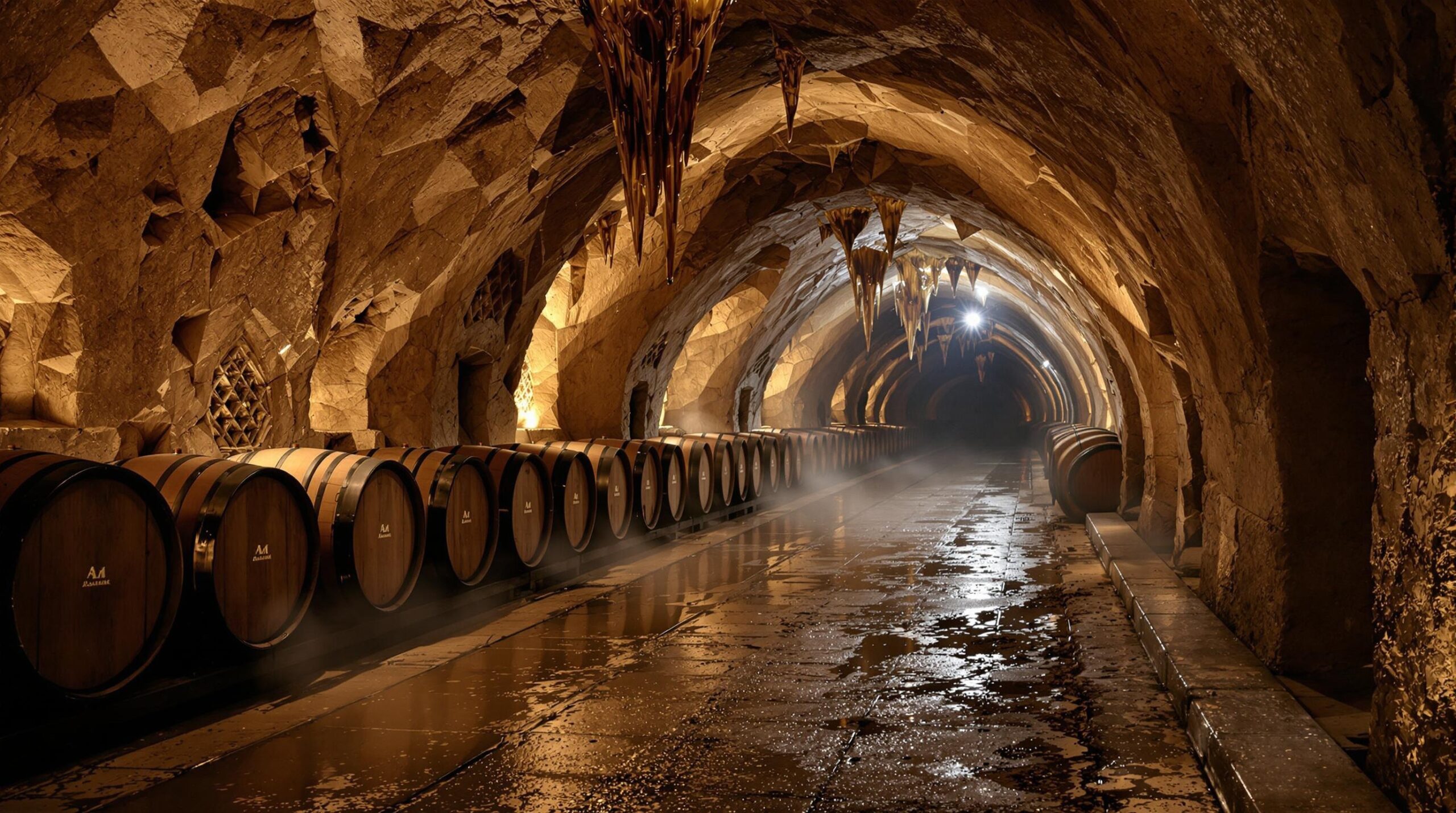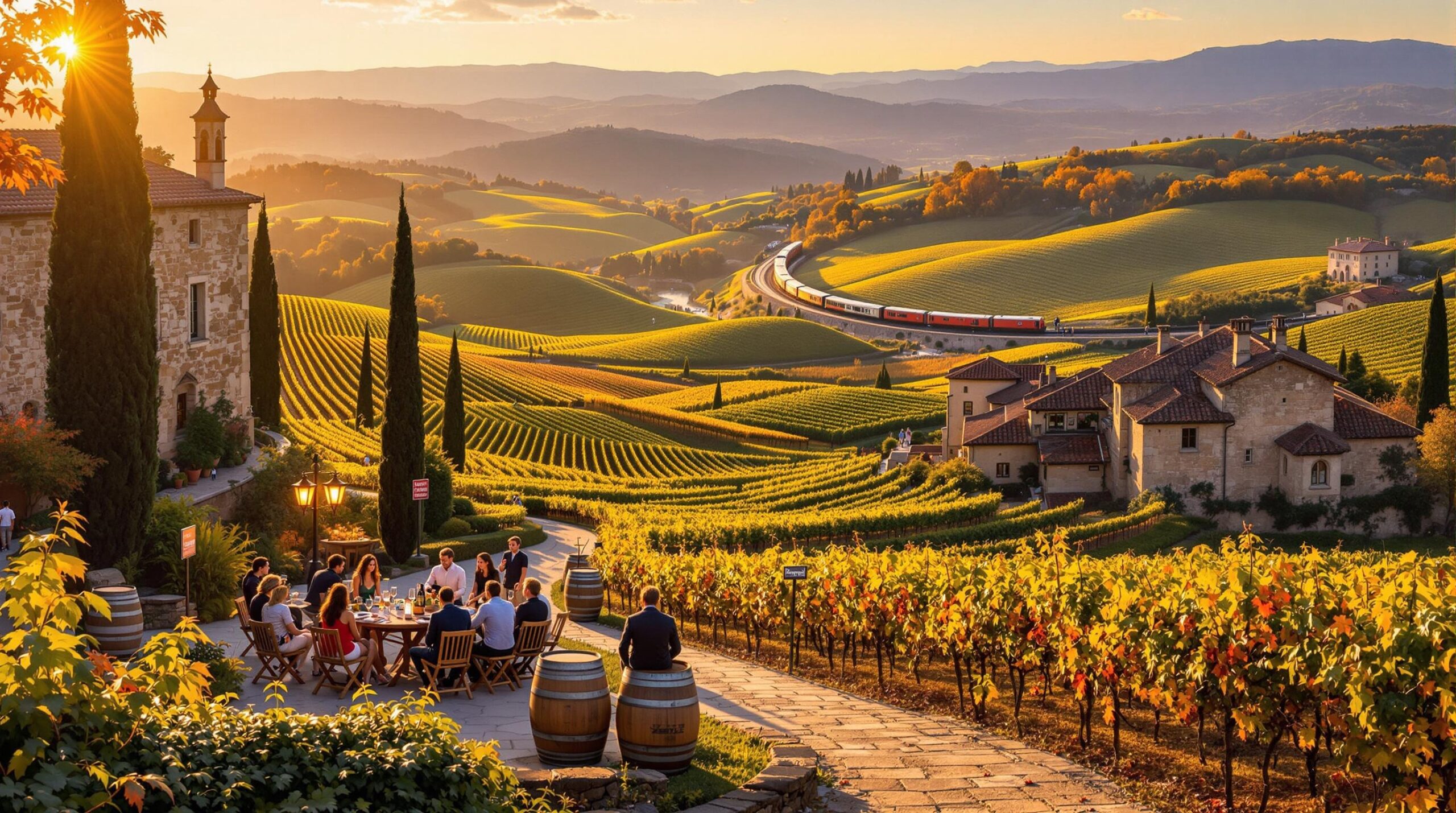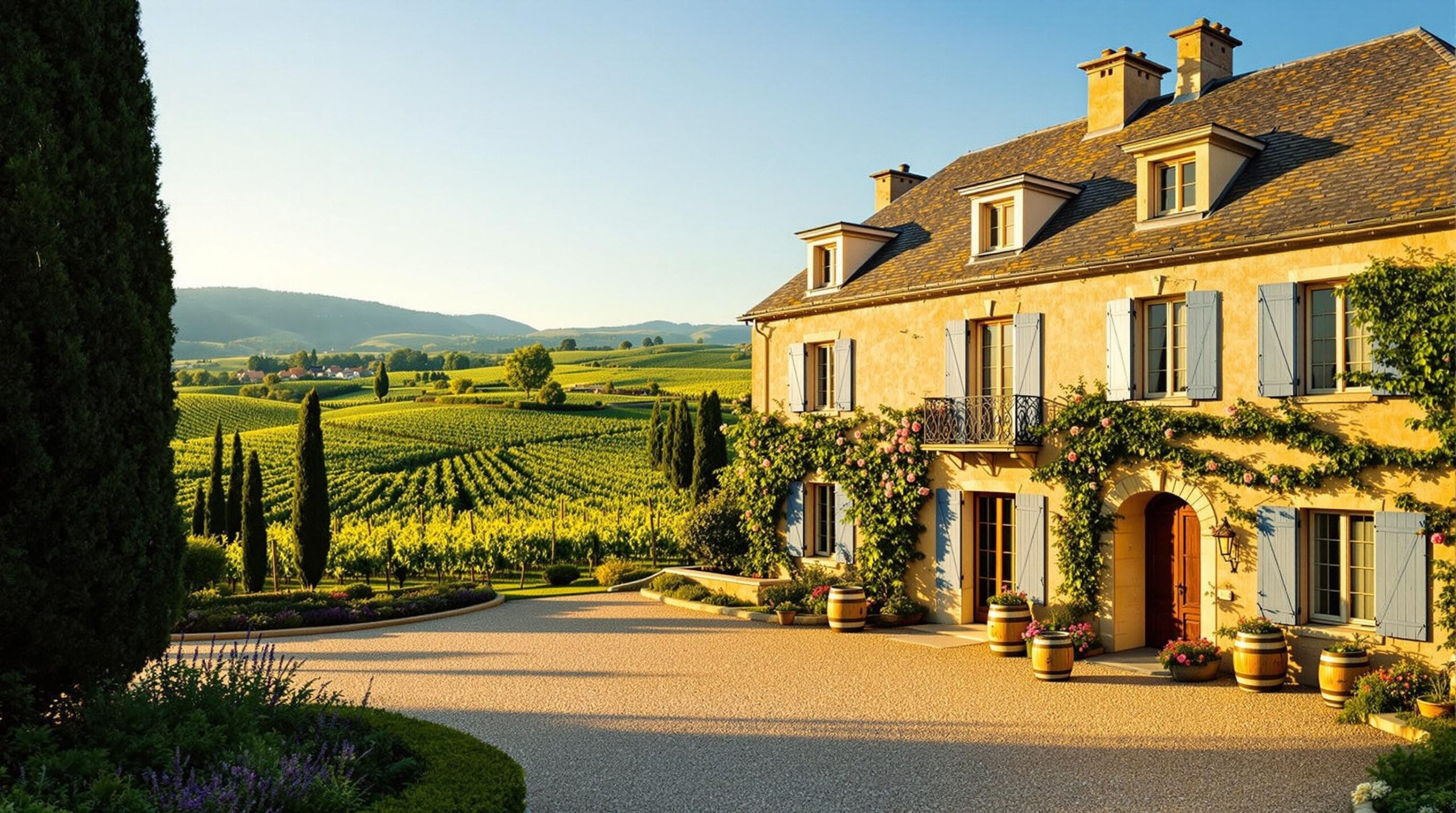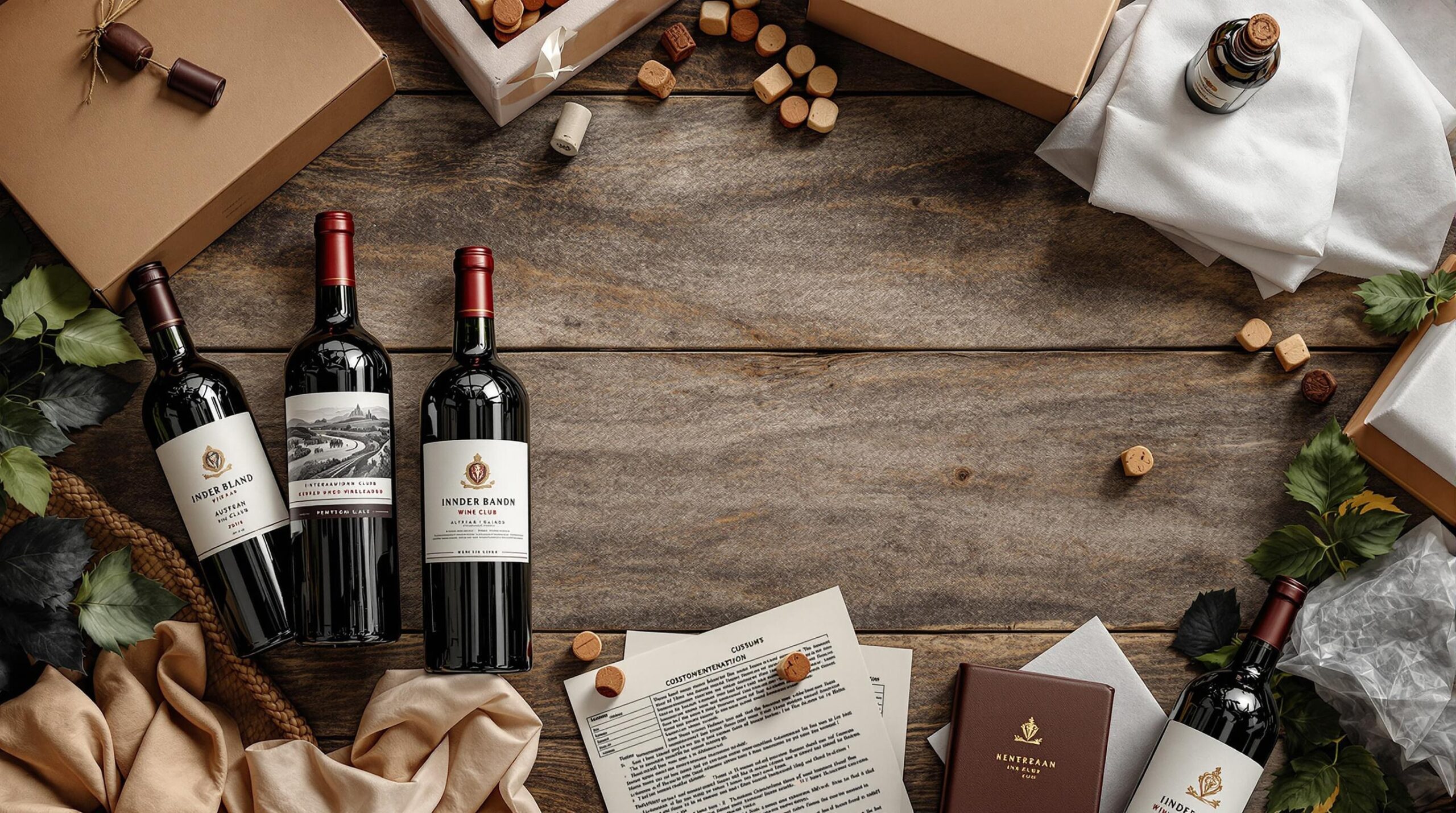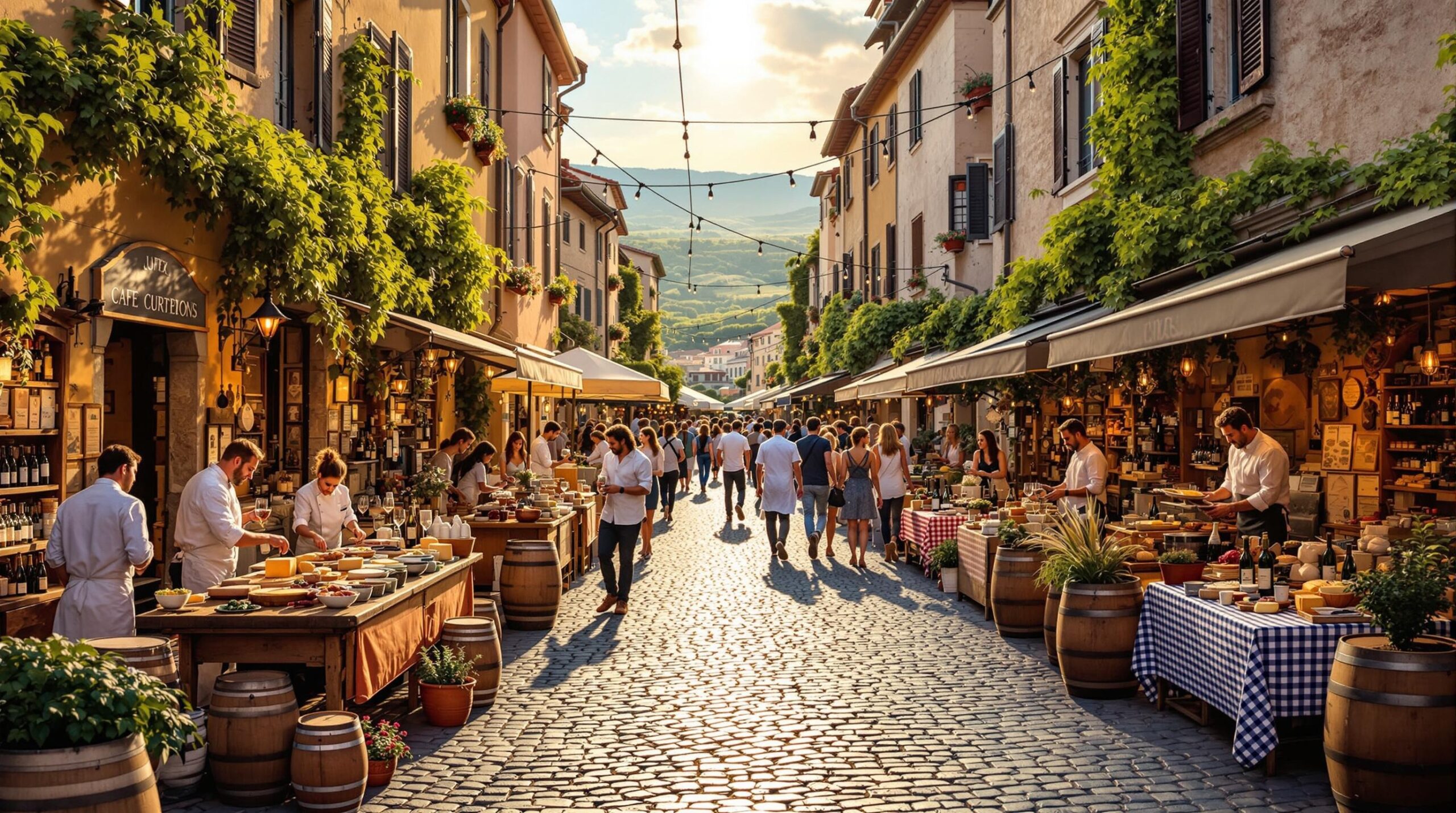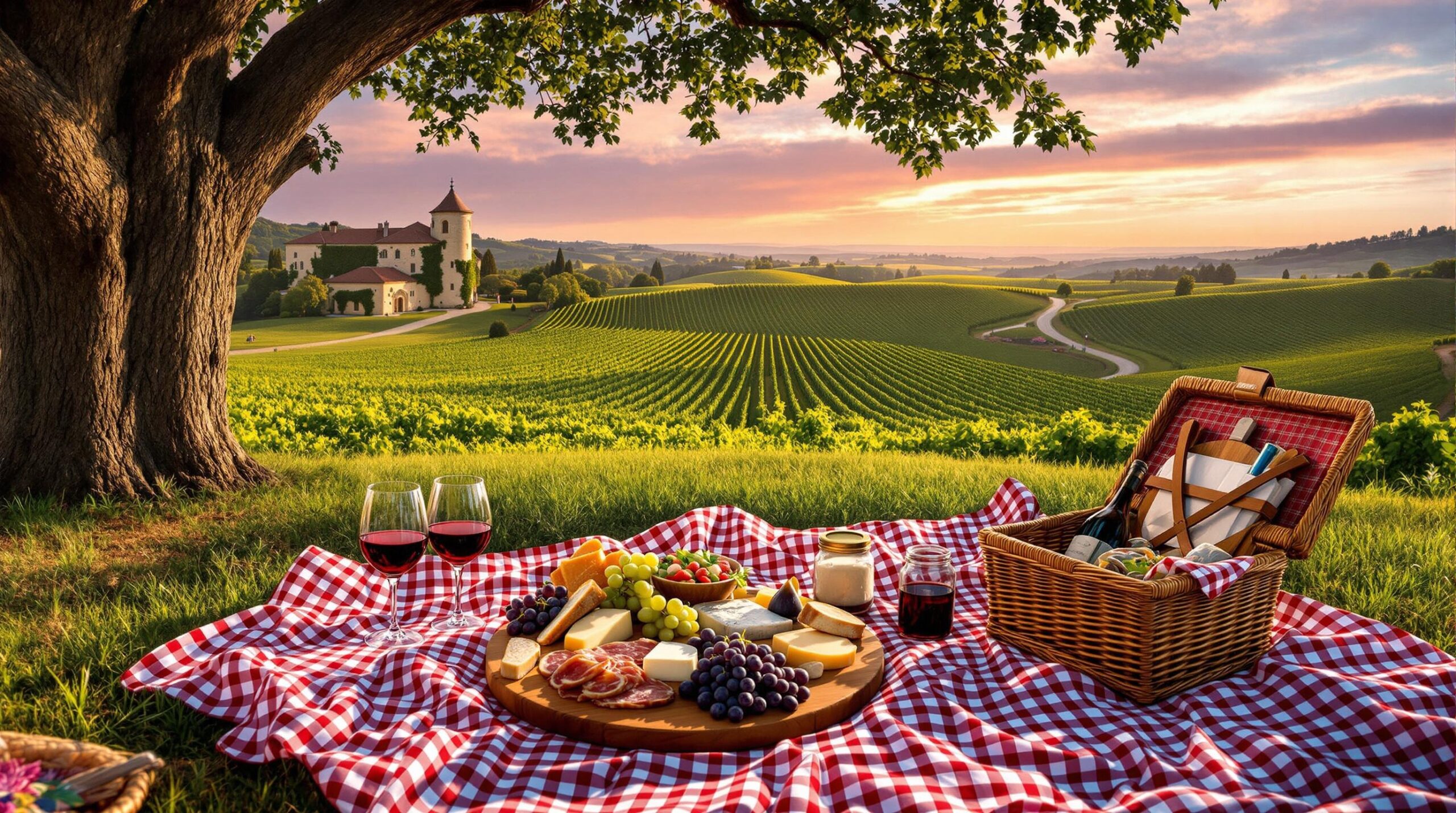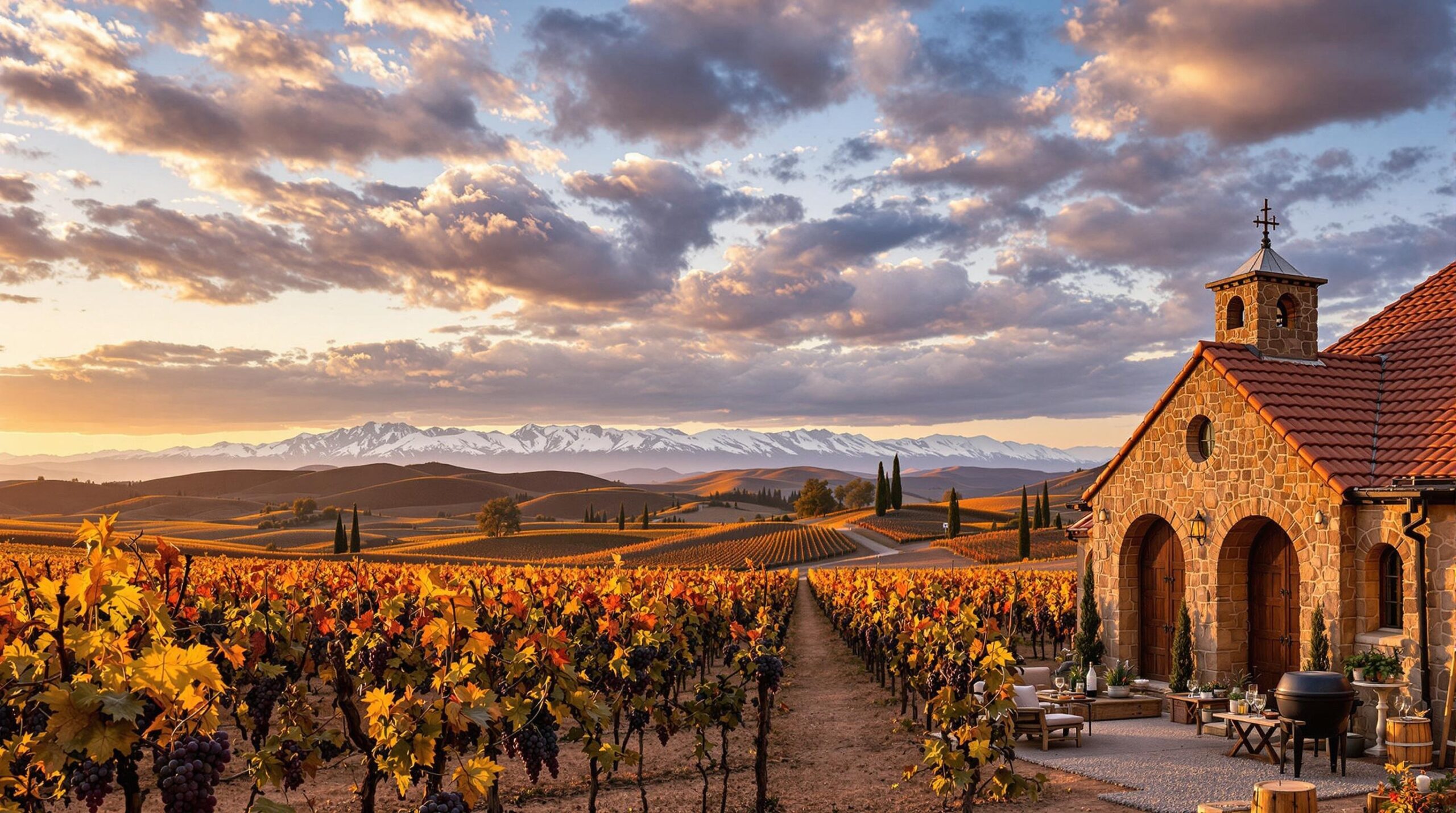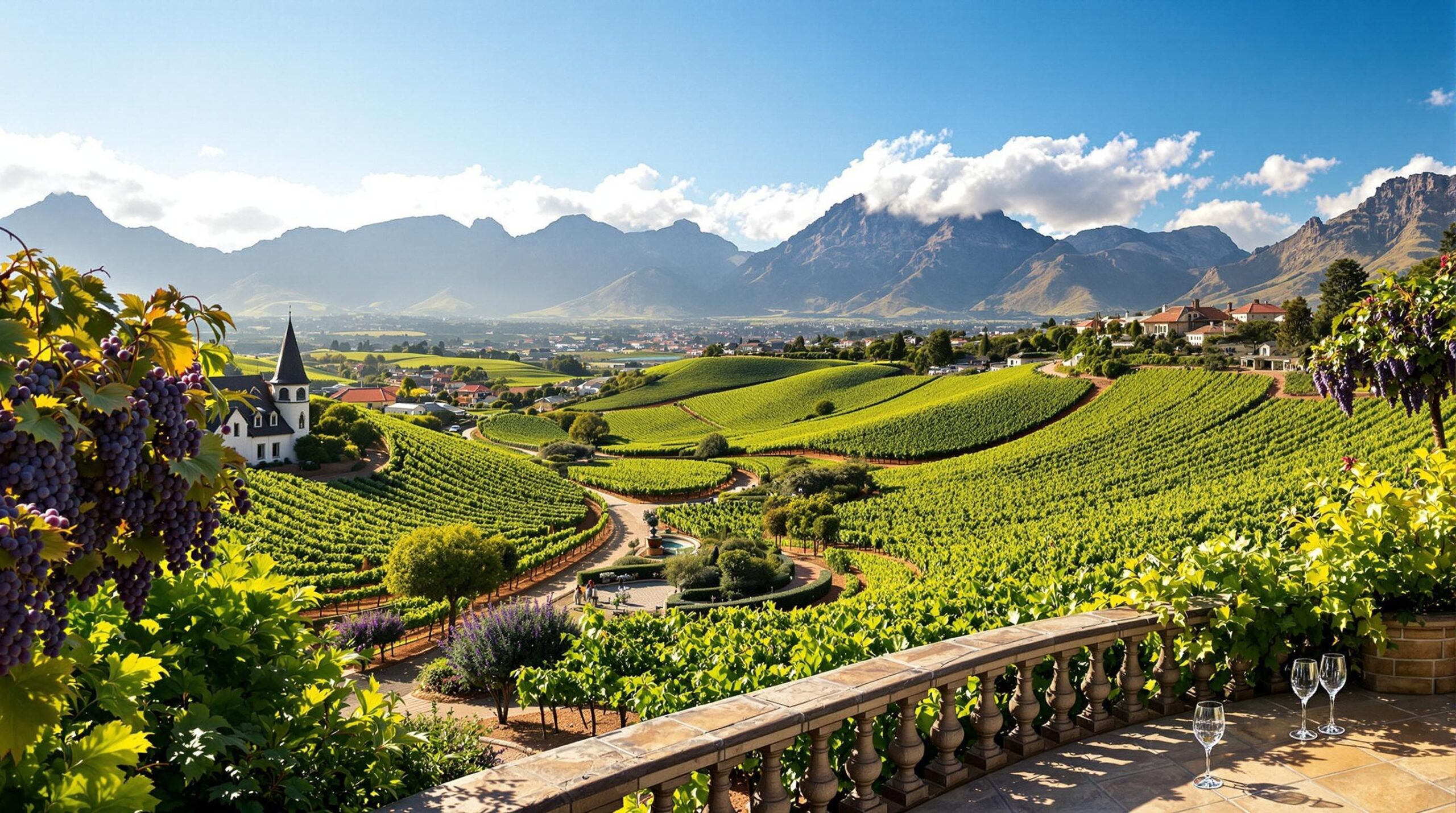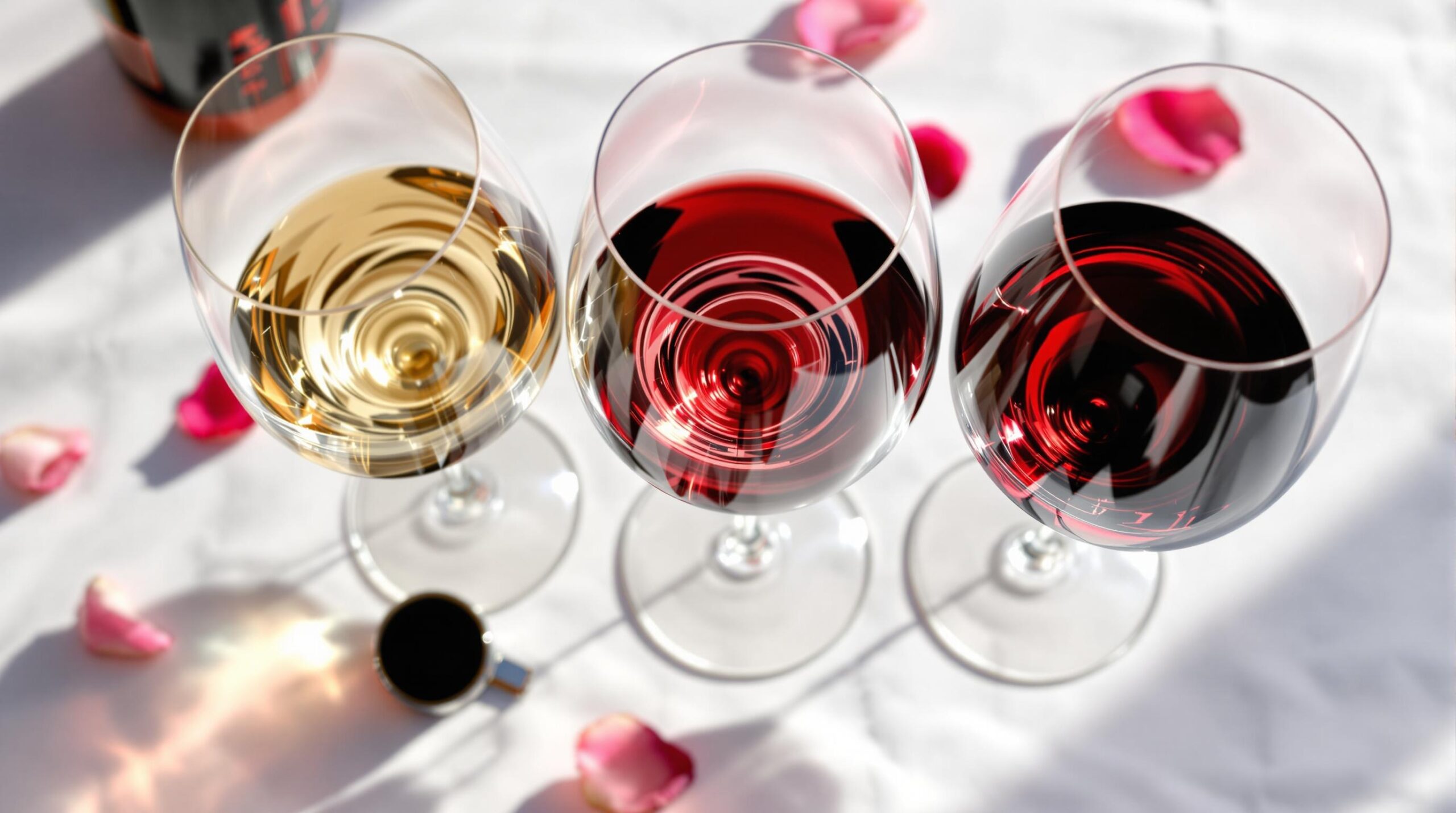France’s centuries-old tradition of pairing regional wines with local cheeses offers travelers a unique way to experience authentic French culture. Planning a wine and cheese tour through France’s diverse regions lets you taste exceptional combinations while learning from local experts.
Essential French Wine Regions for Cheese Lovers
Burgundy stands out for its Chardonnay wines paired with creamy Époisses cheese. The Loire Valley combines crisp Sauvignon Blanc with fresh goat cheeses like Crottin de Chavignol.
- Bordeaux: Bold reds + aged Comté
- Champagne: Sparkling wines + Brie de Meaux
- Rhône Valley: Syrah + Roquefort
Classic French Cheese and Wine Matches
| Wine | Cheese | Region |
|---|---|---|
| Sancerre | Chèvre | Loire Valley |
| Champagne | Brie | Champagne |
| Beaujolais | Camembert | Burgundy |
Planning Your French Wine and Cheese Tour
Consider visiting during harvest season (September-October) for the full vineyard experience. Book tours with local guides who can access small family-owned wineries and authentic cheese producers.
Tour Planning Tips
- Choose 2-3 regions maximum for a 7-day trip
- Book accommodations in central locations
- Arrange private transportation or designated driver
- Schedule visits during optimal tasting hours (10am-noon, 2pm-5pm)
[Note: This covers the first 4 sections of the outline, providing practical information for planning wine and cheese tours in France while maintaining readability and including specific, actionable advice.]
Where to Buy Quality French Wines and Cheeses
Finding authentic French products requires knowing reliable sources. Specialty cheese shops and wine merchants with proper storage conditions offer the best quality.
- Cheese shops with temperature-controlled cases
- Wine retailers with climate-controlled storage
- Online retailers specializing in French imports
- Local farmers markets with artisanal cheese vendors
Hosting a French Wine and Cheese Tasting
Create an authentic tasting experience at home by selecting 3-4 regional pairings. Serve wines at proper temperatures and let cheeses come to room temperature before serving.
Essential Tasting Equipment
- Wine glasses appropriate for each style
- Cheese boards and knives
- Temperature gauge for wines
- Tasting note cards
- Water and plain crackers as palate cleansers
Storing and Serving Tips
Proper storage ensures optimal flavor and texture. Store cheese wrapped in specialty cheese paper or wax paper, not plastic wrap.
| Wine Type | Serving Temp (°F) | Storage Notes |
|---|---|---|
| Red Wine | 60-65 | Cool, dark place |
| White Wine | 45-50 | Refrigerated |
| Champagne | 40-45 | Refrigerated |
Cheese Storage Tips
- Store between 35-45°F
- Remove from refrigerator 1 hour before serving
- Keep different cheeses wrapped separately
- Replace wrapping after each use
Making the Most of Your French Wine and Cheese Experience
Build your knowledge gradually by starting with classic pairings and expanding to more unique combinations. Keep notes on your favorite matches and share experiences with other enthusiasts.
Recommended Resources
- Local wine education classes
- French cheese importers’ websites
- Regional wine guides
- Food and wine pairing apps
FAQs About Wine and Cheese Tours in France
Most Common Questions
- When is the best time to take a wine and cheese tour in France?
September and October (harvest season) offer the richest experience. Spring (April-May) provides pleasant weather and fewer tourists. - Which regions offer the best wine and cheese tours?
Burgundy, Loire Valley, and Bordeaux are top choices. Each region pairs local wines with regional cheese specialties like Époisses in Burgundy or Crottin de Chavignol in Loire. - How long should I plan for a wine and cheese tour?
A minimum of 3 days lets you explore one region properly. 7-10 days allows for multiple regions. - Do I need to book tours in advance?
Book 2-3 months ahead for peak season (May-October). Many small producers require appointments. - What’s the average cost of a guided tour?
Day tours range from €80-200 per person. Private tours start at €300. - Do I need to speak French?
Most established tours offer English-speaking guides. Small, family-run vineyards might only speak French. - Can I buy wine to ship home?
Yes. Many vineyards offer shipping services. Check your country’s import regulations first. - What should I wear?
Comfortable walking shoes for vineyard tours. Smart casual for tastings. Layers for cellar visits. - Are tours suitable for non-drinkers?
Yes. Focus on cheese tasting, production methods, and cultural aspects. - What’s included in typical tours?
Transportation, tastings, lunch, and guide services. Some include cellar visits and production demonstrations.
Quick Tips for Wine and Cheese Tours
- Morning tastings offer fresher palates and less crowded venues
- Bring a notebook to record favorite wines and cheese pairings
- Consider small group tours (8-12 people) for better access and attention
- Pack a water bottle and light snacks for between tastings
Classic Regional Pairings
| Region | Wine | Cheese |
|---|---|---|
| Burgundy | Chablis | Époisses |
| Loire Valley | Sancerre | Crottin de Chavignol |
| Bordeaux | Saint-Émilion | Ossau-Iraty |
Planning Your Tour
Start by choosing a specific region rather than trying to cover too much ground. Research local seasonal events like harvest festivals or cheese markets.
Transportation options include self-drive, private drivers, or organized tours. Self-drive offers flexibility but requires a designated driver.
Book accommodation in central locations within your chosen region. Many wine towns offer charming B&Bs or wine estates with rooms.
Consider joining a wine appreciation class before your trip to enhance your tasting experience. Basic knowledge of French wine terms helps navigate tastings more confidently.

